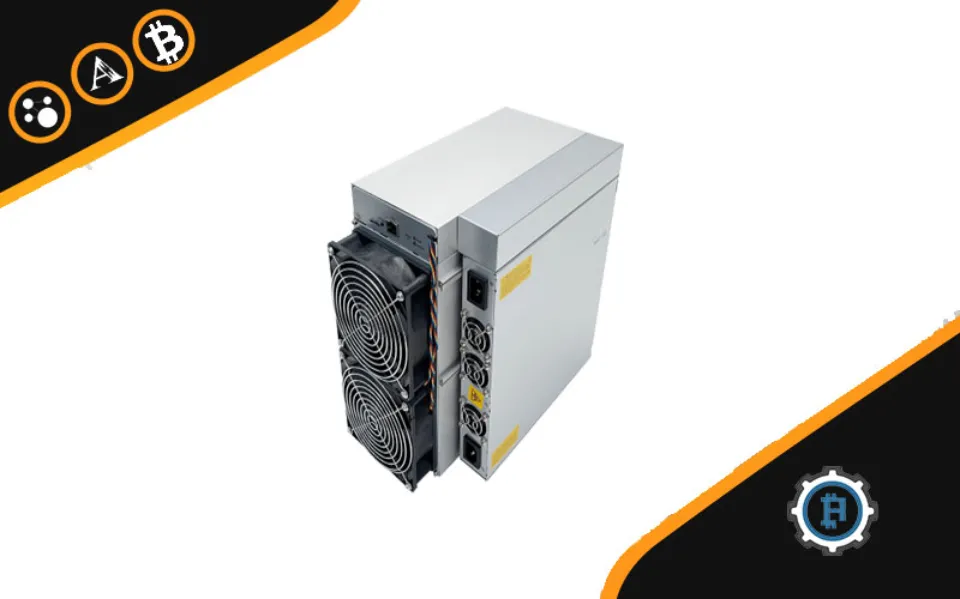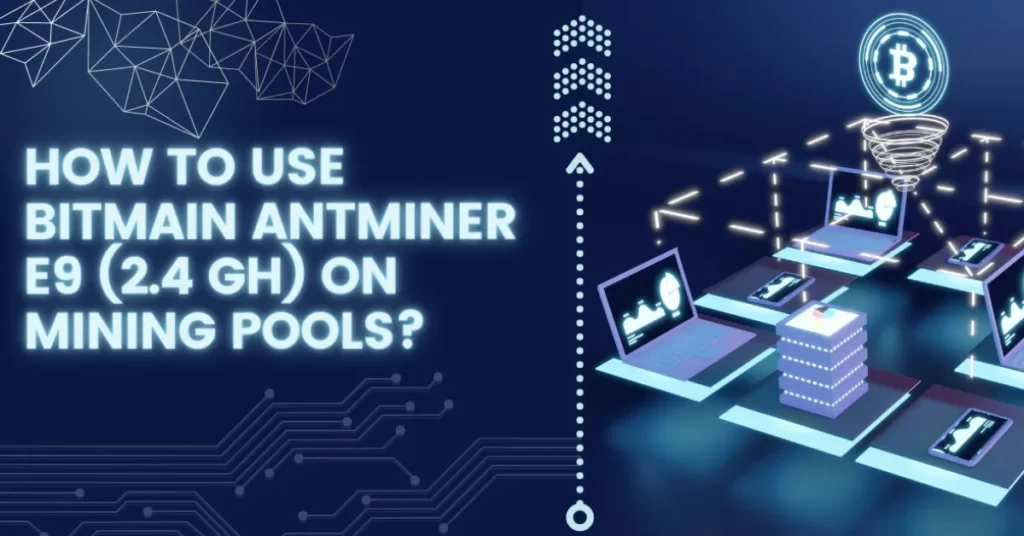Discover the differences between Ethereum Classic and Ethereum in this insightful blog. Explore their origins, philosophies, and technical variances.
The financial landscape has been completely transformed by cryptocurrencies, and Ethereum and Ethereum Classic are two of the most well-known players in this market. These blockchain platforms shared a common ancestor but have since traveled separate paths, giving rise to two different cryptocurrencies. We will examine the distinctions between Ethereum Classic and Ethereum in this article, illuminating their origins, philosophies, and salient characteristics.
ETC is a speculative digital asset with a fixed supply, which is the primary distinction between Ethereum Classic (ETC) and Ethereum (ETH). ETH, on the other hand, is the more widely used and accepted version with an unlimited supply. Both are the outcomes of a hard fork that happened following the 2016 hack of Ethereum Classic.
Let’s now discuss what distinguishes Ethereum from Ethereum Classic.
Table of Contents
What is Ethereum (ETH)?

An attack on the original Ethereum network caused a split in the blockchain that gave rise to Ethereum Classic, an open-source blockchain. Due to the split, there are now two distinct Ethereum blockchains: Ethereum Classic and the new Ethereum. As of right now, Ethereum Classic’s network is powered by ETC, which serves as the native currency of the platform.
The hard fork led to both network security and the return of all stolen money to its rightful owners. Continuous improvements to the Ethereum Classic network have been made since the split. The main aim of Ethereum Classic is described as a focus on immutability, popularly expressed as “code is law.”
What is Ethereum Classic (ETC)?

A hard fork of the original Ethereum blockchain led to the creation of Ethereum Classic, whose native token is ETC. The hard fork represented an attempt to respond to a cyberattack in which $50 million in funds were taken.
Before the hard fork, the blockchain record for both ETH and ETC was the same. Since both Ethereum Classic and Ethereum 2.0 are products of the same project, they share a lot of features. The two chains’ vastly different technological foundations, however, prevented Ethereum Classic from supporting the kinds of advancements that turned Ethereum into the DeFi powerhouse it is today.
One of the most popular programmable blockchain platforms, Ethereum is best known for being able to support DeFi projects like smart contracts, dApps, and non-fungible tokens (NFTs). Because of these and other factors, Ethereum continues to dominate the cryptocurrency market, highlighting some of the factors that investors may take into account.
ETC was the #23 largest cryptocurrency as of February 7, 2023, with a price of $22 and a market cap of just over $3.1 billion. With a price of $1,638 and a market cap of about $200 billion, Ethereum (ETH), the second-largest cryptocurrency, is in comparison. Both of the listed tokens are speculative assets that can be traded, and they are both available on many of the top cryptocurrency exchanges.
As of February 7, 2023, Bitcoin had a $442 billion market cap, making it the oldest and still most valuable cryptocurrency.
What is a Smart Contract?
A smart contract is a contract between two parties that is expressed in code. When certain criteria agreed upon by the two parties are satisfied, the blockchain will automatically carry out the terms of the contract.
Smart contracts offer many opportunities for businesses to operate more quickly, more effectively, and without incurring the time and expense of third-party oversight because blockchain technology is also immutable (a blockchain’s records cannot be changed, at least in theory).
The functioning of cryptocurrency depends heavily on smart contracts. Smart contracts can be used with a wide range of cryptocurrencies, but Ethereum was the first and continues to be the industry leader.
How Ethereum Classic Works
The original Ethereum, Ethereum Classic, still follows the protocols and features of the first Ethereum blockchain. Because of this, Ethereum Classic cannot be used with the updates that have been made over time to create Ethereum’s current iteration (Ethereum 2.0).
As a result, Ethereum Classic keeps its proof-of-work consensus system, which allows miners to produce more ETC by engaging in cryptocurrency mining.
Additionally, Ethereum Classic does not follow the ERC20 token specification. The main objective of ERC20 tokens is to collaborate with smart contracts and establish a set of guidelines that all tokens on the Ethereum blockchain must follow.
Ethereum Classic History
Ethereum Classic has a difficult and technical history. A simplified summary of the altcoin might go something like this:
• To finance the future creation of decentralized applications, programmers built the DAO, or decentralized autonomous organization, on the Ethereum platform.
• The DAO used proof-of-work to execute contracts and had its own interchangeable tokens that could be used with ETH.
• In 2016, the community decided that the network would launch a hard fork to address its security issues after hackers exploited a hole in the DAO smart contract and stole $50 million worth of ETH.
• Ethereum would be the name of the new blockchain that was produced as a result of the fork. In 2021, Ethereum started a more extensive evolution, and in 2022, it switched to the proof-of-stake consensus algorithm. Ethereum Classic is the name of the previous blockchain.
What Makes Ethereum and Ethereum Classic Different?
Immutability
On the Ethereum platform, previous transactions can be changed and improved. The original Ethereum system, which promoted immutability—the ability for users to not change previous transactions—was used by Ethereum Classic.
Mining Process
The proof-of-work mining algorithm is used by Ethereum Classic. The process is comparable to what Bitcoin does. In order to receive rewards in the form of ether, miners must validate transactions on the blockchain.
Proof-of-stake has been implemented into the current Ethereum system. For the chance to add a new block to the chain and earn a reward, the individuals who validate transactions invest their stakes in the mining process.
Start ETC mining with Bitmain Antminer E9 >
Limit
There is no cap on the number of tokens that can be created for Ethereum, but the annual growth rate is restricted to 4.5 percent. There will only ever be 230 million tokens available for Ethereum Classic.
Value
At the beginning of September 2021, one Ethereum token is worth $3,400. It has a market cap of almost $400 billion, ranking it as the second-largest cryptocurrency.
With a $7 billion market cap and a $55 token price as of September 2021, Ethereum Classic is significantly smaller.
Potential Changes
While Ethereum has chosen to strictly abide by the original rules of Ethereum, Ethereum is subject to a number of potential future changes.
What Makes Ethereum and Ethereum Classic Similar?
Decentralization
A decentralized platform that isn’t controlled by a single entity is the goal of both Ethereum Classic and Ethereum. To run their blockchain, they make use of numerous computers, or nodes.
Smart Contracts
Smart contracts are used to run both Ethereum versions. In order to operate the platform in a secure and safe manner, these contracts specify the conditions that must be met.
Pseudonymous
Both blockchains continue to function as pseudonymous setups even though transactions on Ethereum Classic cannot be modified the way they can on Ethereum. The setup will not include the person’s name or any other identifying information, but the public keys on a transaction will remain open. The layout guarantees that private information is protected.
The Future of Ethereum Classic
How will Ethereum Classic fare in the future? It’s hard to say.
Reviewing Ethereum Classic vs. It’s clear from Ethereum 2.0 that the future seems more promising for Ethereum. For instance, the ETH network is more trusted, has more support, and has a much higher market cap than the Ethereum Classic price. On Ethereum 2.0, more than on any other smart contract platform, many DeFi platforms and other dApps have also been developed.
The Ethereum Classic network has been subjected to a number of 51% attacks, which has only made matters worse. Attackers may be able to take over the majority of the network if they amass enough hashing power. After that, they have the ability to modify the blockchain, which could result in issues like double-spent transactions, in which users send the same coins more than once.
The Takeaway
Comparison of the Ethereum Classic vs. Within the blockchain community, the Ethereum debate represents a conflict of ideals. Embracing pragmatism, Ethereum aims to innovate and adapt while putting user experience and security first. The immutability principle is supported by Ethereum Classic, which emphasizes the significance of safeguarding the blockchain’s integrity at all costs.
The cryptocurrency ecosystem has allowed both Ethereum and Ethereum Classic to carve out distinct niches that appeal to particular developer and user communities.
FAQs
Why is Ethereum Classic So Much Cheaper Than Ethereum?
Ethereum Classic is so cheap because it’s not in as great demand as Ethereum. Due to its greater popularity, Ethereum is the cryptocurrency that more people want to invest in. A larger ecosystem of dapps and widespread use in decentralized finance are two additional benefits of the Ethereum blockchain.
Is Ethereum Classic Still Worth It?
Ethereum Classic has a lot of potential and is considered one of the most profitable cryptocurrencies for long-term investments. In the coming years, ETC is anticipated to grow even more and possibly reach new heights because of its distinctive technology and ongoing development.
Will Ethereum Classic Go Up in 2025?
By 2025, our price prediction forecasts that Ethereum Classic (ETC) could be worth $88.9.
Can Ethereum Be Mined Now?
Ethereum no longer uses traditional PoW mining to build and maintain its blockchain. So if you’re wondering how you can start mining Ethereum, you can’t — but you can participate in its new validating mechanism, called staking.
How is ETC Mined?
You can mine Ethereum Classic using either a GPU or ASIC miner like Antminer E9.



